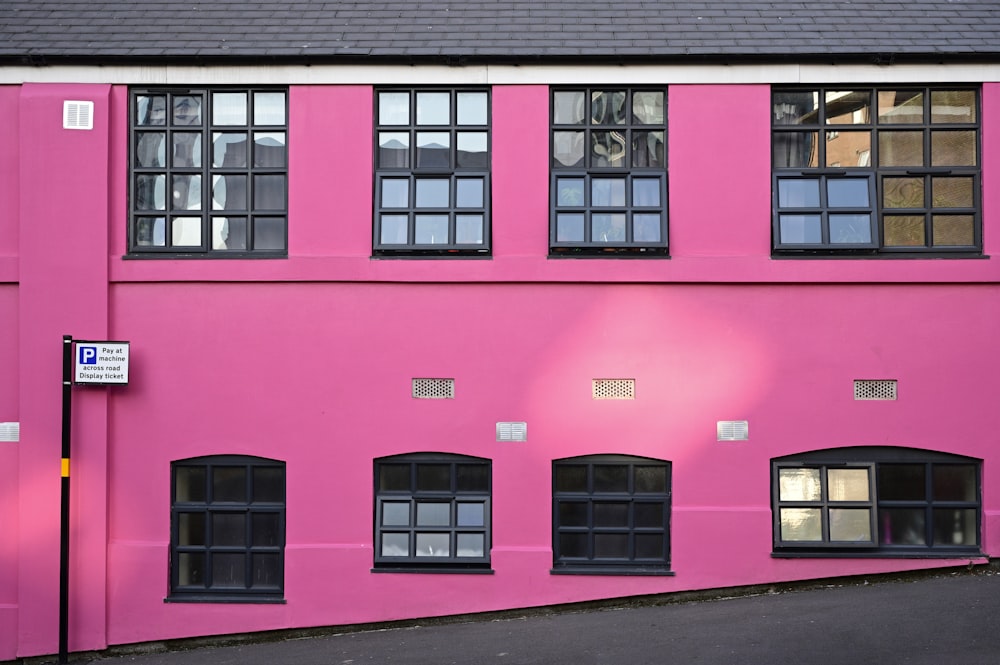Palladian Perfection Exploring Architectural Elegance

A Glimpse into Palladian Perfection
Nestled amidst the tapestry of architectural history lies the timeless elegance of Palladian design. Renowned for its classical proportions, graceful symmetry, and enduring charm, Palladian architecture stands as a testament to the genius of its namesake, Andrea Palladio. Let us embark on a journey to explore the essence of Palladian perfection and discover the enduring allure of this architectural style.
The Legacy of Andrea Palladio
At the heart of Palladian architecture is the legacy of Andrea Palladio, a visionary architect of the Italian Renaissance. Born in 1508 in Padua, Palladio’s architectural genius reshaped the landscape of European design. Drawing inspiration from ancient Roman and Greek architecture, Palladio crafted a style that celebrated harmony, proportion, and the classical ideals of beauty.
Symmetry and Proportion: The Hallmarks of Palladian Design
Central to Palladian architecture is the concept of symmetry and proportion. Every element, from the columns to the windows, is meticulously arranged to achieve a harmonious balance. The Palladian window, with its distinctive central arch flanked by two smaller openings, has become an iconic symbol of this architectural style. It not only serves as an aesthetic feature but also allows for the play of light and shadow, enhancing the building’s visual appeal.
Classical Elements and Orders
Palladian architecture often incorporates the classical elements and orders of ancient Roman and Greek design. Doric, Ionic, and Corinthian columns grace the facades of Palladian buildings, each order chosen for its specific aesthetic and symbolic significance. These elements are not merely decorative but are integral to the overall composition, adding layers of meaning and sophistication to the architecture.
The Palladian Villa: A Study in Elegance
One of Palladio’s most enduring contributions is the Palladian villa, a harmonious blend of function and elegance. These country estates, such as Villa Capra “La Rotonda” and Villa Emo, showcase Palladio’s mastery of spatial organization and landscape integration. Surrounded by manicured gardens and commanding views, these villas served as retreats for the Italian nobility, embodying the ideals of rural tranquility and architectural grandeur.
Palladian Influence Across Continents
The influence of Palladian architecture extends far beyond the shores of Italy. In the 18th century, Palladio’s architectural treatises, notably “I Quattro Libri dell’Architettura” (The Four Books of Architecture), found their way to England. Here, architects such as Inigo Jones and Christopher Wren drew inspiration from Palladio’s principles, giving rise to the Palladian Revival movement. Grand country houses, public buildings, and even churches across England bear the hallmark features of Palladian design.
Palladian Revival in America
Across the Atlantic, Palladian architecture found new life in the burgeoning American colonies. Influential figures like Thomas Jefferson, an ardent admirer of Palladio’s work, incorporated Palladian elements into iconic buildings such as Monticello and the University of Virginia. The graceful symmetry, classical columns, and proportionate facades of these structures reflect Jefferson’s reverence for Palladian ideals.
Embracing Palladian Elegance Today
In the modern era, Palladian architecture continues to captivate architects, designers, and enthusiasts alike. Contemporary interpretations of Palladian principles can be seen in luxury residences, government buildings, and cultural institutions around the world. The enduring appeal of Palladian design lies in its timeless elegance, its celebration of harmony, and its ability to evoke a sense of classical beauty in a modern context.
A Reverence for Classical Beauty
As we conclude our exploration of Palladian perfection, we are reminded of the enduring legacy of Andrea Palladio and his contributions to the world of architecture. Palladian design continues to inspire awe and admiration, inviting us to appreciate the timeless elegance of classical proportions and the harmonious balance of form and function. In a world of ever-changing trends, Palladian architecture stands as a beacon of enduring beauty and architectural excellence. Read more about palladian






![Unlocking Real Estate Success [Company Name] Unlocking Real Estate Success [Company Name]](https://images.unsplash.com/photo-1583142499515-db3e66a57bdc?fm=jpg&q=60&w=3000&ixlib=rb-4.1.0&ixid=M3wxMjA3fDB8MHxzZWFyY2h8N3x8cmVhbCUyMGVzdGF0ZSUyMGludmVzdG1lbnQlMjBjb21wYW55fGVufDB8MHwwfHx8Mg%3D%3D)

